3.3.8.1. Special considerations for adherence in children
Infants and children are dependent on caregivers to administer medicines. Barriers faced by adult caregivers can contribute to children missing doses. Considerations for adherence in adolescents are covered in Section 7.4.
Potential barriers for children include the following:

 Feedback
Feedback